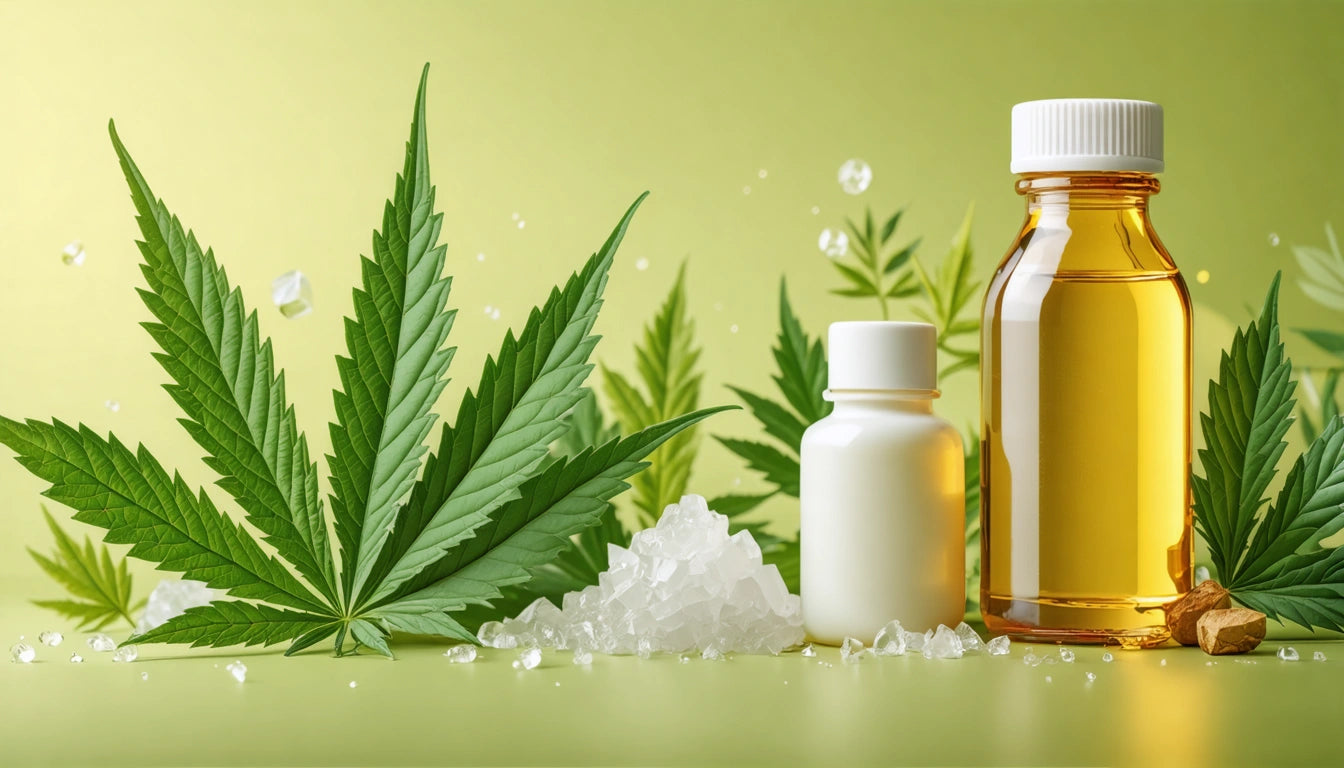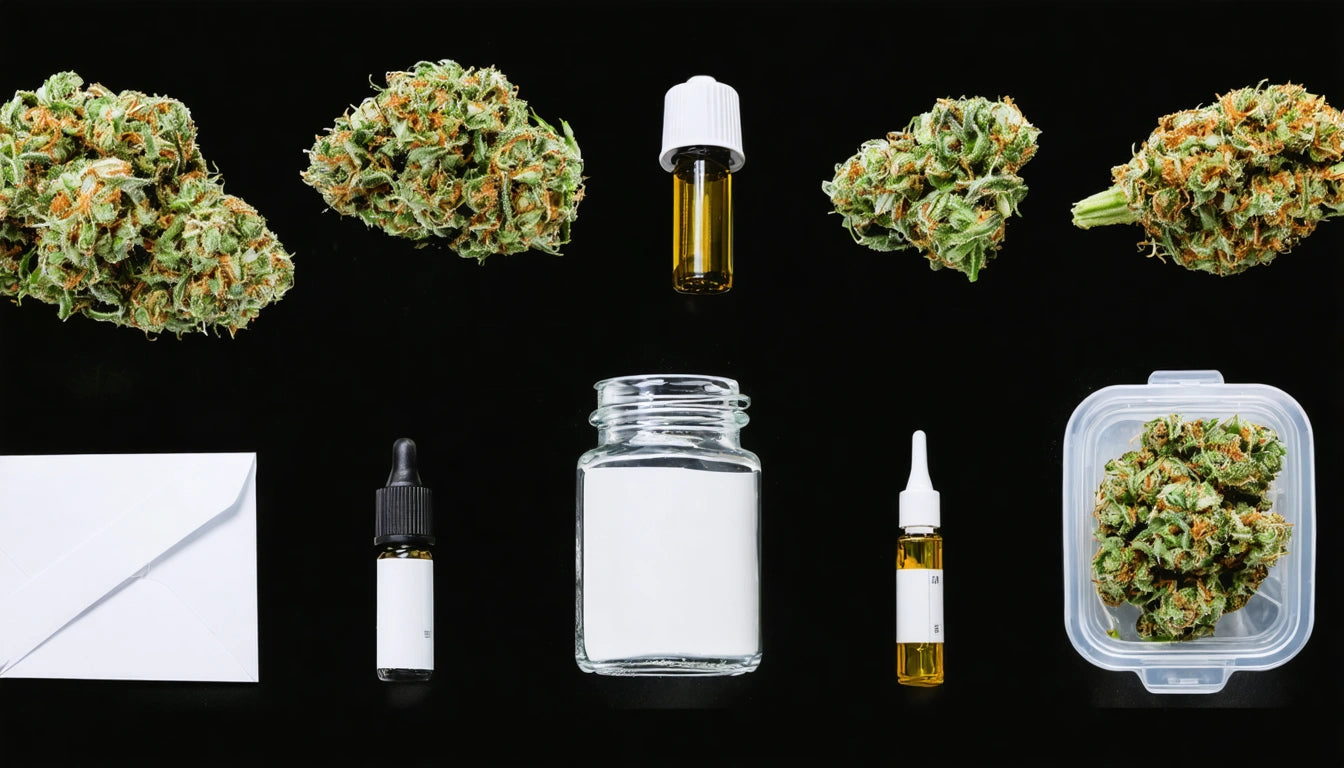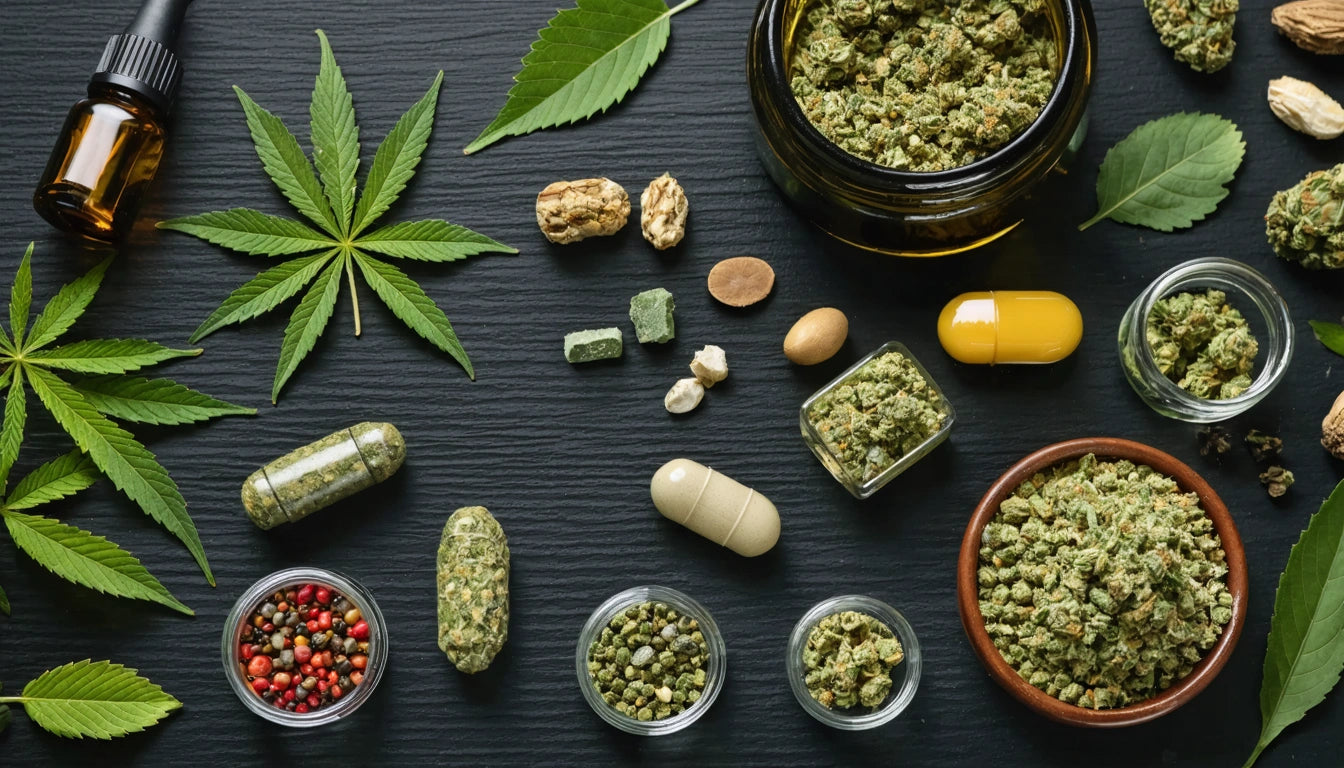Table of Contents
- Introduction to Packaging Materials in Cannabis
- PET (Polyethylene Terephthalate): Properties and Applications
- HDPE (High-Density Polyethylene): Durability and Versatility
- PP (Polypropylene): Heat Resistance and Flexibility
- Material Selection Guidelines for Different Cannabis Products
- Regulatory Compliance and Material Certifications
- Sustainability Considerations in Material Selection
- Material Innovation Outlook for Cannabis Packaging
The cannabis industry faces unique packaging challenges that require careful material selection. Product preservation, regulatory compliance, and consumer safety all hinge on choosing the right packaging materials. This guide explores the three most common polymer grades used in cannabis packaging: PET, HDPE, and PP, examining their properties, applications, and considerations for different product types.
Introduction to Packaging Materials in Cannabis
Cannabis products require packaging that preserves potency, prevents contamination, and complies with strict regulations. The choice between glass, plastic, tin, or mylar depends on product type, budget, and brand positioning. Among plastics, three polymer grades dominate the cannabis packaging landscape: PET, HDPE, and PP.
These materials differ in clarity, barrier properties, heat resistance, and recyclability. Understanding these differences helps manufacturers select packaging that maintains product integrity while meeting compliance requirements.
PET (Polyethylene Terephthalate): Properties and Applications
Key Properties of PET
- Exceptional clarity and transparency
- Good oxygen and moisture barrier
- Moderate heat resistance (up to 160 °F)
- High recyclability (Resin Code #1)
- Lightweight and shatter-resistant
PET is widely used for cannabis products where visual appeal matters. Its clarity allows consumers to see the product inside, which is particularly valuable for flower and concentrates where appearance influences purchasing decisions.
Common Applications
In the cannabis industry, PET is commonly used for:
- Pre-roll tubes
- Concentrate containers
- Tincture bottles
- Beverage containers
PET's limitations include moderate heat resistance and potential for scratching. For products requiring precise dosing, many brands use precision digital scales for accurate filling of PET containers, ensuring consistent product amounts despite the lightweight nature of the packaging.
HDPE (High-Density Polyethylene): Durability and Versatility
Key Properties of HDPE
- Excellent moisture barrier
- Superior chemical resistance
- Good impact resistance and durability
- Opaque or translucent appearance
- Higher heat resistance than PET (up to 180 °F)
- Recyclable (Resin Code #2)
HDPE provides robust protection against moisture, making it suitable for products sensitive to humidity. Its durability and chemical resistance make it ideal for products with longer shelf lives.
Common Applications
HDPE is frequently used for:
- Child-resistant containers
- Flower packaging
- Edible containers
- Caps and closures
The material's opacity provides UV protection, which is crucial for preserving cannabinoids and terpenes. As noted in the article on heat resistance and light protection, proper light shielding significantly extends product shelf life.
PP (Polypropylene): Heat Resistance and Flexibility
Key Properties of PP
- Highest heat resistance among common plastics (up to 230 °F)
- Excellent chemical resistance
- Good clarity (though less than PET)
- Flexible yet durable
- Resistant to fatigue (good for hinged closures)
- Recyclable (Resin Code #5)
Polypropylene's standout feature is its heat resistance, making it suitable for products that may be exposed to higher temperatures during manufacturing, shipping, or storage.
Common Applications
PP is commonly used for:
- Child-resistant closures
- Heat-sealed barrier packaging
- Edible containers (especially hot-filled products)
- Vape cartridge packaging
The material's flexibility makes it ideal for snap-fit or hinged closures that need to withstand repeated opening and closing without breaking.
Material Selection Guidelines for Different Cannabis Products
Different cannabis products have unique packaging requirements:
Flower
For cannabis flower, moisture control and light protection are paramount. HDPE and PP containers with appropriate seals help maintain optimal humidity levels. For premium products, combining these materials with glass can offer both protection and presentation value.
Concentrates
Concentrates require materials that prevent sticking and degradation. Glass, silicone, and certain grades of PP are commonly used. Temperature stability is crucial, as discussed in packaging for cannabis concentrates.
Edibles
Edible packaging must be food-safe and often requires higher barrier properties. Food-safe materials like PET, HDPE, and PP with appropriate certifications are essential for compliance.
Regulatory Compliance and Material Certifications
Cannabis packaging materials must meet various regulatory standards:
- FDA food contact approval (for edibles)
- Child-resistant certification (CPSC, ASTM D3475)
- USP Class VI (for medical cannabis)
- BPA-free certification
Understanding material certifications helps ensure compliance with state and federal regulations while building consumer trust.
Sustainability Considerations in Material Selection
Environmental impact is increasingly important in packaging decisions. When evaluating materials:
- Consider recyclability (PET has highest recycling rates)
- Explore bioplastic alternatives (PLA, hemp-based plastics)
- Evaluate post-consumer recycled (PCR) content options
- Assess overall carbon footprint including production and transportation
Sustainable alternatives are gaining traction as consumers and regulators push for more environmentally responsible packaging solutions.
Material Innovation Outlook for Cannabis Packaging
The cannabis packaging materials landscape continues to evolve with several emerging trends:
- Biodegradable polymers derived from renewable resources
- Smart packaging with embedded sensors for freshness monitoring
- Antimicrobial materials that extend product shelf life
- Hybrid materials combining benefits of multiple polymers
These innovations address the industry's unique challenges while responding to consumer demands for sustainability and functionality. As noted in this analysis of material effects on shelf life and shipping, material selection has far-reaching implications beyond initial packaging costs.
By understanding the properties and applications of PET, HDPE, and PP, cannabis businesses can make informed packaging decisions that protect products, satisfy regulations, and align with brand values. The right material choice balances preservation needs, compliance requirements, cost considerations, and sustainability goals.











Leave a comment
All comments are moderated before being published.
This site is protected by hCaptcha and the hCaptcha Privacy Policy and Terms of Service apply.